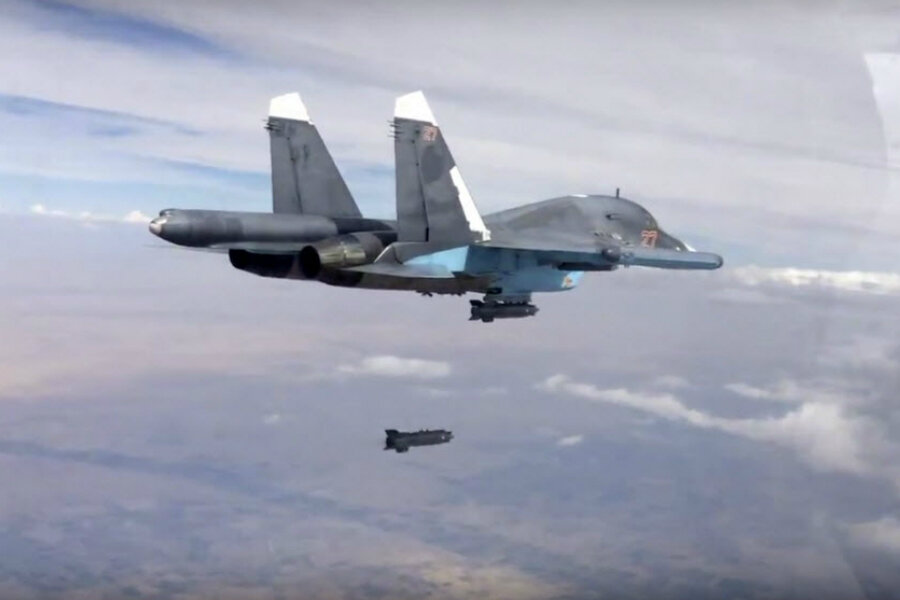The two main countries supporting Assad are Russia and Iran, both longstanding allies of Syria. Until recently, Russia helped Assad in the diplomatic arena – vetoing UN Security Council resolutions against his regime – and by providing weapons and ammunition to the Syrian Army and Air Force.
In the past two months, however, Russia has significantly stepped up its assistance, dispatching jets and helicopters and hundreds of military personnel to a base in western Syria and carrying out hundreds of air strikes in the first two weeks of October. Russia’s intervention aims to expand its traditional influence at the expense of the West and possibly allow Moscow to have a powerful say in determining any political solution to the conflict.
Iran has been present on the ground since at least early 2013, helping marshal Shiite paramilitary forces, mobilizing and training loyalist militias, and providing billions of dollars in cash loans to aid Syria’s faltering economy. For Iran, Syria is a vital component of the “axis of resistance,” an anti-Israel alliance spanning the Middle East. It serves as a conduit for the transfer of weapons to Hezbollah in Lebanon.





